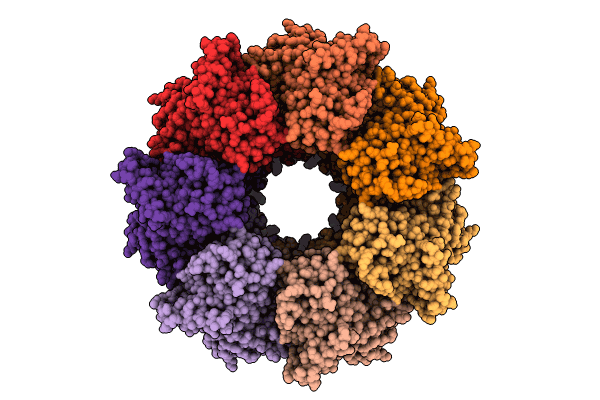
Deposition Date
2024-05-25
Release Date
2024-08-07
Last Version Date
2024-08-14
Method Details:
Experimental Method:
Resolution:
3.41 Å
Aggregation State:
PARTICLE
Reconstruction Method:
SINGLE PARTICLE


